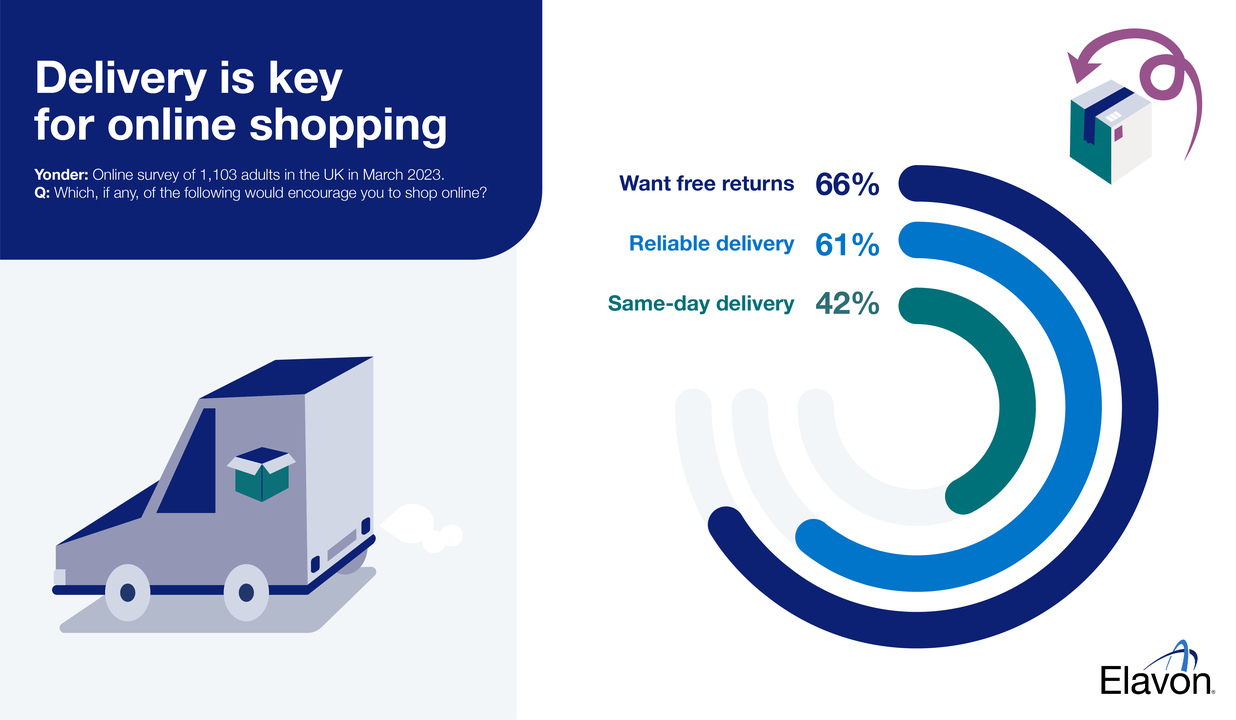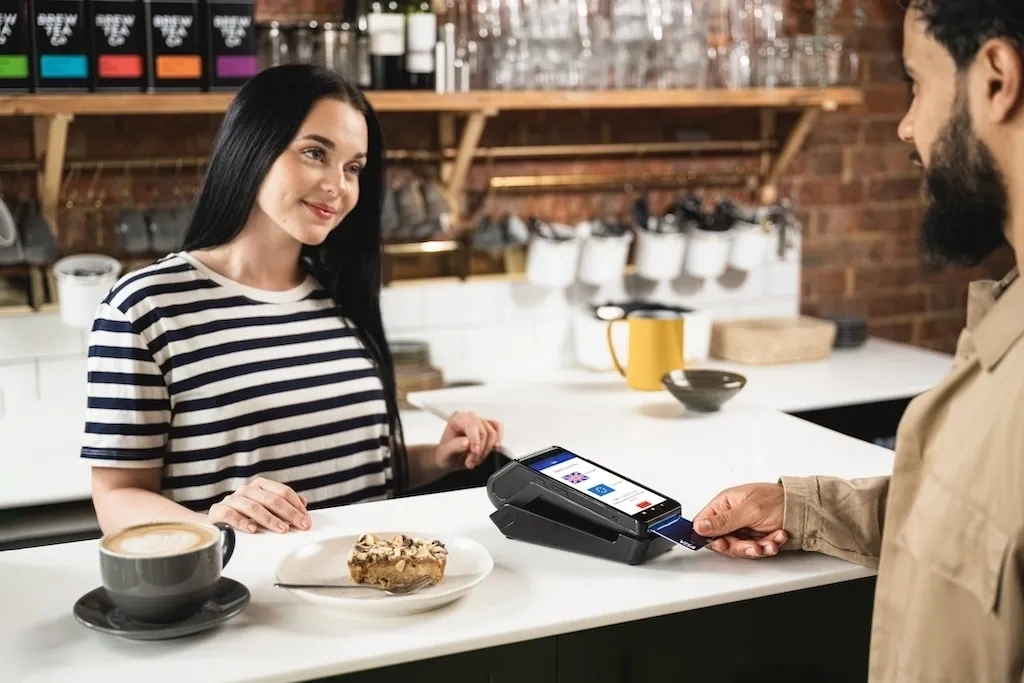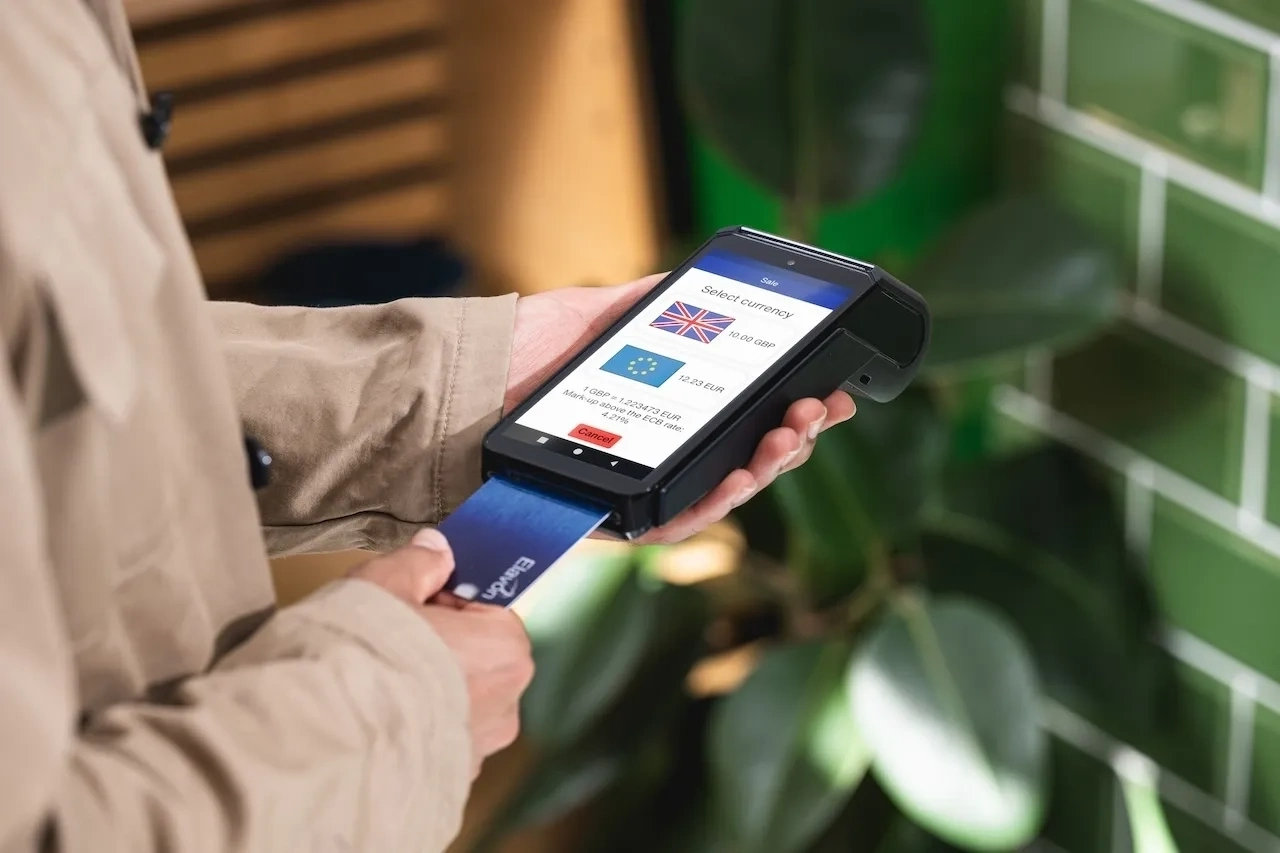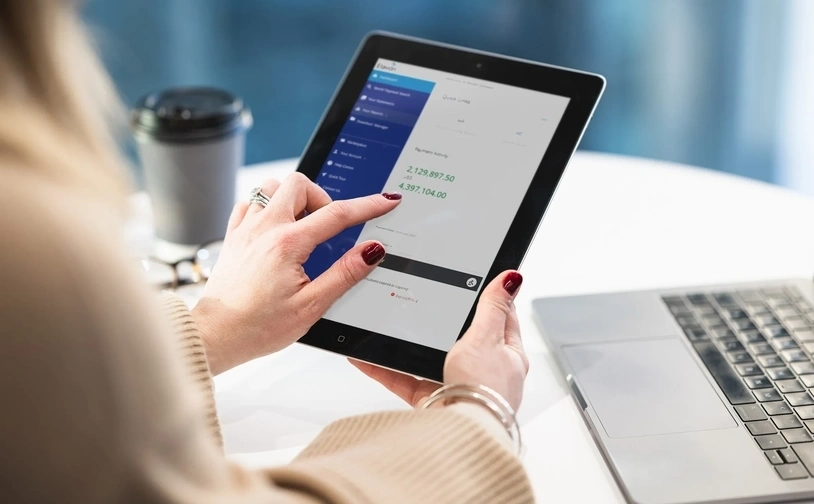
- Optimised web design: make browsing a breeze
- Speed demons: fast loading times to turn clicks into cash
- Mobile mastery: optimising for on-the-go shoppers
- Boost your average order value: easy wins for bigger profits
- The art of the checkout: simple steps to more sales
- Sell more with smart strategies: upselling and cross-selling
- Conversion magic: turning visitors into buyers
- Optimised web design: make browsing a breeze
- Speed demons: fast loading times to turn clicks into cash
- Mobile mastery: optimising for on-the-go shoppers
- Boost your average order value: easy wins for bigger profits
- The art of the checkout: simple steps to more sales
- Sell more with smart strategies: upselling and cross-selling
- Conversion magic: turning visitors into buyers
How can upselling benefit your business?
Upselling is a sales technique that encourages customers to purchase additional or more expensive versions of a product. Upselling products often involves suggesting add-ons, larger sizes of a product or products with higher specifications.
Upselling can be beneficial for the customer experience. For example: encouraging a customer to purchase a larger product could help them to save money in the long term, which can improve their trust in your brand.
Upselling is often combined with cross-selling techniques. Cross- selling involves suggesting related or complementary products to your customer based on items they’re viewing or have previously purchased. Combining these two methods can contribute to increasing sales and average order value.
“We know people are tightening their belts because of the economic situation, so you’ve got to work even harder to win over customers.”
James King, Head of Professional Services, Elavon Europe
Despite these advantages, it’s important to keep the customer experience at the forefront when implementing upselling tactics. Poorly executed upselling can make the customer feel pressured to spend more, or overwhelmed by too many options, which can cause them to lose trust in your brand.
“Businesses might well have attracted new online customers over the past few years and understandably want to keep them. Increasing wallet share can be a cheaper, more efficient and therefore a more profitable strategy for boosting revenue than attempting to expand overall market share.”
Peter Charmant, Head of Corporate Retail (Pan-EU and Ireland), Elavon Europe
Providing incentives and the propensity model
Presenting your customer with other product options will not guarantee that they will buy them. Using incentives can increase the success of your upselling tactics.
Incentives could include offering bundle deals, discounts for higher- priced products, or offering free shipping over a certain threshold. Incentivising upselling can increase the likelihood of a sale and higher average order value (AOV). It can also make the customer feel as though they’re getting the best possible deal on their purchase. In turn, this can lead to customer loyalty and boost your conversion rate.
The propensity model is used to predict the purchasing behaviour of a customer in the future. This model is based on information about products a customer has previously bought. This data can be analysed to determine which products may appeal to that customer next.
This predictive model can be used to support upselling tactics, as it allows you to present and upsell more relevant products to that customer. The propensity model determines a score to predict the probability that a customer will purchase a certain product or perform a certain action.
Using this information effectively can allow for a better understanding of your customer’s behaviours and allow you to improve your business’s methods of upselling.

It is important to avoid using upselling strategies that could be perceived as pushy or aggressive. Upselling at the wrong time, or suggesting irrelevant products to your customer, puts you at risk of being perceived as overly pushy.
Commonly, online shops only present customers with upselling options when they’ve already decided to make a purchase. This way, the customer feels as though they’re being presented with better, cost- effective and relevant products that are offering them an opportunity to see improved value in their purchase.
Using upselling techniques effectively can be highly beneficial for your business and your customers. Upselling offers the opportunity for you to sell more profitable products and can give your customer a tailored and more valuable experience.
“By analysing customers’ spending and behavioural patterns, you can build on the information you’ve gathered from your loyalty-programme subscriber lists and target customer segments.”
Peter Charmant, Head of Corporate Retail (Pan-EU and Ireland), Elavon Europe
How can cross-selling benefit your business?
Cross-selling is a common sales technique used by online retailers to increase revenue from existing customers. It involves encouraging a customer to make a purchase on top of a primary item, which usually complements the shopper’s first choice of item in some way.
A classic example of cross-selling would be suggesting to customers that they add a pack of batteries to their basket, alongside their new electronic purchase. Adjacent to this, upselling offers customers an upgrade of the primary product. For instance, offering customers a larger size version of the same product is a common example of upselling.
These strategies help companies retain customers and increase prospects of making sales. To utilise cross-selling and upselling strategies, data on existing customers is crucial – from their ‘bought items’ information to their product browsing history.

In ecommerce sites, cross-selling can be seen regularly on product pages and during the checkout process. Effective cross-selling satisfies the customer’s needs by alerting the person about additional products that may be relevant to the purchase they’re looking to make.
We see cross-selling in everyday examples, whether this is online or offline. For instance, when buying a pair of shoes, you may be offered shoelaces or shoe-care products. Or, if you’re buying a new phone, additional items like a screen guard, phone case and headphones might be offered. Online, cross-selling is commonly seen during the checkout process where there are recommendations for items ‘frequently bought together’.
If you run an online business, cross-selling can be implemented in several different ways:
Personalised product recommendations drive revenue. Visits where a shopper clicked a recommendation comprise just 7% of all visits, but 24% of orders and 26% of revenue.
Delivery experience is key to ecommerce
When we questioned more than 1,000 adults across the UK, two thirds (66%) of those who answered said that free returns, labels and packaging would encourage them to shop online. A similar proportion (61%) said reliable delivery was a key reason to encourage shopping online.
Respondents were also keen for same-day delivery (42%), returns collected from their house (39%) and a wider range of delivery slots (28%).
Excellent delivery experience is key to ecommerce
“This really underlines how important it is for you, as an ecommerce business, to develop an excellent relationship with a delivery firm.
“We also see younger shoppers keen for same-day delivery, while a sizeable minority of all shoppers also like that availability. Something to consider, to help you compete with the high street or give you an edge over your competitors.”
James King, Head of Professional Services at Elavon Europe
Benefits of cross-selling
Customers often cherish customer service that feels personalised to them. The cross-selling tactic can increase customer satisfaction, retention of previous customers and the average customer lifetime value.
The main goal of cross-selling is to increase the average order value which, in turn, translates into higher revenues for your online business. Increasing average order value can encourage increased customer loyalty and allow your business to generate increased revenue from the same amount of traffic.
Conclusion
Whether your cross-selling strategy involves showing bundle packages or individual product recommendations, it creates a greater customer experience and increases value for the customer. In the long term, this makes for more effective campaigns with higher returns.
Cross-selling is an important marketing tactic that can be used to increase the average order value by persuading existing customers to purchase ancillary products.





